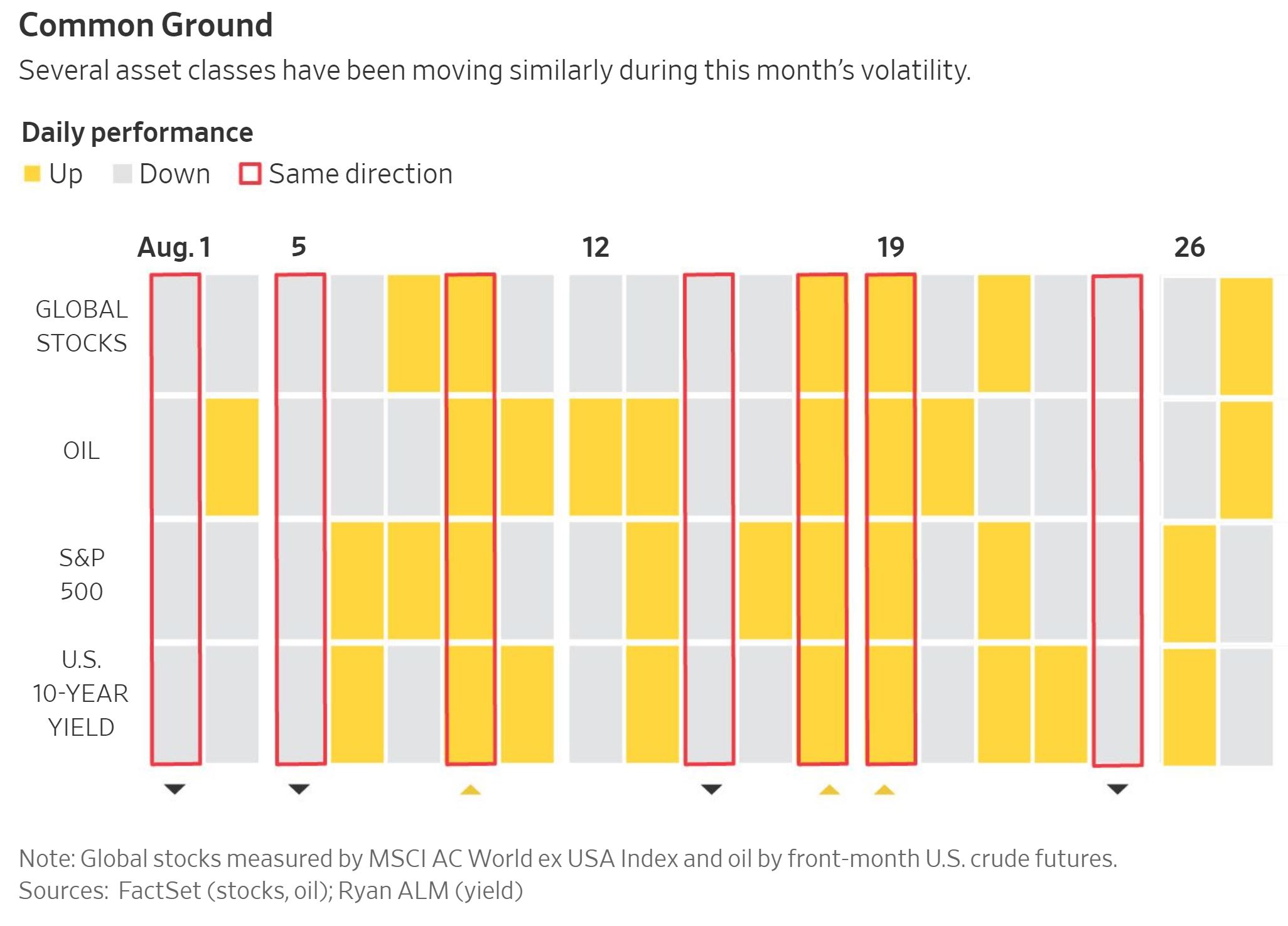Market volatility rages on following G-7 Summit


Geopolitical risks continue haunting the market this week, with trading being marked by volatility following the G-7 Summit in Biarritz, France. As noted in our weekly fixed income update, US President Trump indicated on Sunday that US-China trade delegates would resume negotiations and were optimistic about penning a deal. The announcement came days after political sparring, when the economic powerhouses went tit-for-tat: Beijing announced plans to implement $75bn in retaliatory tariffs, and Washington responded in kind.
As of now, tariffs on $300bn in Chinese goods are slated to take effect September 1, and any hope that the pair would come to resolution seems to be quickly dissolving. Investors continue to seek safe haven in bonds, and despite US stocks gaining momentum during the mid-week trading session, US Treasuries gained ground. On Tuesday, yield curve inverted again as the 10-year US Treasury hit its lowest levels since 2007, and the 30-year Treasury rate fell below 2%.
In today’s global political arena, all signs point to a “synchronized recession,” according to a CNBC Op-Ed, which argues that supposedly resilient sectors are under pressure—transportation banking and small-cap stocks are “all flashing warning signs”—and global manufacturing grinds to a halt.
According to Forbes, there is a widespread underestimation of just how severe the trade war impact has been on global economies—and how highly leveraged China is as a result.
An increasing probability of the UK reaching a no-deal Brexit has also been contributing to market turbulence. Prime Minister Boris Johnson got the queen’s sign-off to implement a prorogation—formally ending the current session of parliament—a tactical move designed to hamper his opposition’s efforts to thwart Brexit. News of Johnson’s plan caused the GBP to fall .9% against the USD and EUR.





